229 Search Results for partner strategies
May 13, 2013
by Carole Zangari -
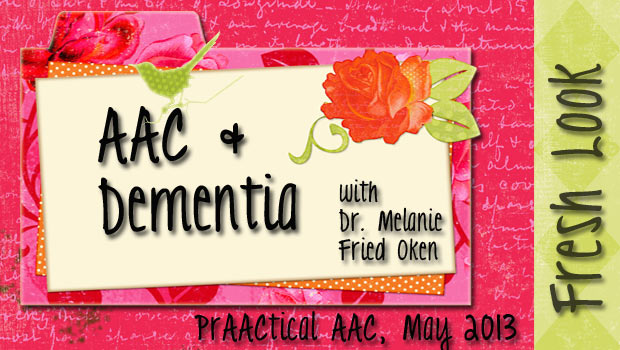
We’re thrilled to continue our Fresh Look series in celebration of Better Hearing and Speech Month (#BHSM). In this post, Dr. Melanie Fried Oken, from the Oregon Health and Science University, talks about some AAC strategies for people with dementia. I was captivated by her 2012 presentation on this topic at ISAAC 2012, and knew it was important to be able to share some of you work with you. We have much to offer these individuals with dementia, and Melanie’s post and linked resources are a great way to get started. ::::::::::::::::::::::::::::::::::::::::::::::::: Hey, what about us AAC providers who work with adults? We love reading PrAACtical AAC and can often adjust the tips, equipment recommendations, and strategies to meet our population needs. So when Carole gave me an opportunity to blog about AAC for adults with dementia, I grabbed the chance. I’d like to share with you some facts about... [Read More...]
March 28, 2013
by Carole Zangari -
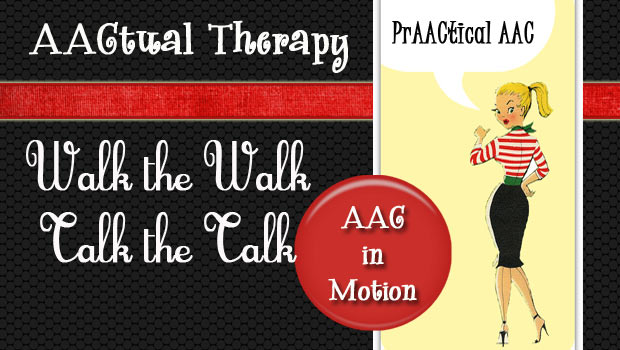
Tanna Neufeld hits another homerun with this post about co-treating children with multiple disabilities. Collaborating with our colleagues is both fun and challenging. Let’s take a look at the prAACtical ways that Tanna and her colleagues support kids with motor and visual impairments who are learning to use AAC. Fridays are my favorite. And not just for the obvious reasons (TGIF), but also because Fridays are one of the most challenging and exciting days of my work week. Every Friday, I am lucky enough to team with my favorite PTs for joint treatment sessions to support several children with multiple motor and communication challenges. Around our center, we lovingly refer to these kids as our “motor kids”. All of these little ones are nonverbal, and all have very complex motor challenges that significantly limit their ability to interact with traditional play and learning environments. Many of these kids also... [Read More...]
March 23, 2013
by Robin Parker -
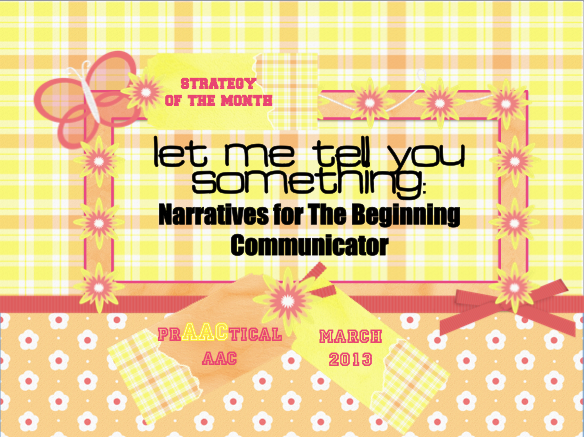
March continues with story telling or narratives as the Strategy of the Month. All learners have stories to tell but some may need special teaching to be able to express their stories. Goals for the beginning communicator can and should include narratives. Personal narratives are a good place to begin but any type of narrative can be taught with structure, routines, partner support, prAACtical strategies. Robust communication includes story telling. Yes, beginning communicators need to be able to express wants and needs however, authentic and comprehensive language involves much more. The quicker we start teaching, the quicker beginning communicators (or anyone) can learn. Beginning Communicator Narratives 3 Types (Just some of the options) Remnant Books are a visual and tactile way of telling stories by recording important events. Learners can help choose items from meaningful personal experiences which serve as a reminder of stories to tell. Create routines and visual supports... [Read More...]
March 21, 2013
by Carole Zangari -
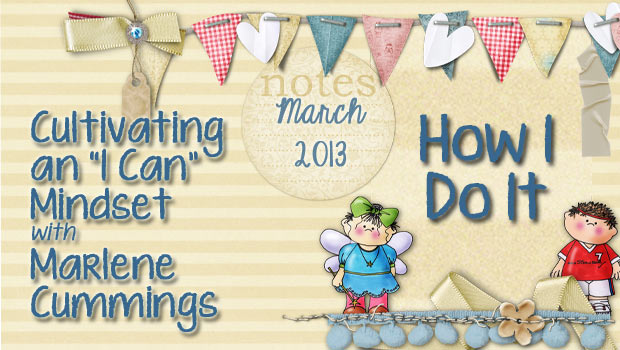
As much as we love fresh new voices in the AAC community, there is simply nothing like the voice of experience. When a program has had more than 40 years of experience providing AAC services, we listen! Today, we are honored to have Marlene Cummings, an AAC SLP from Michigan, share the collective wisdom of her team. I have found that one of the joys in my professional life is asking hard questions about my present work and then figuring out ways to address those questions. Much of my 30 + years have been spent designing and implementing programs, systems and materials to support young children with complex communication needs in the role of the teacher in these classrooms. I explored ways to design environments and develop curricular frameworks and instructional materials, which would provide students with the instruction and opportunities to become competent communicators, all from the view of... [Read More...]
February 9, 2013
by Robin Parker -
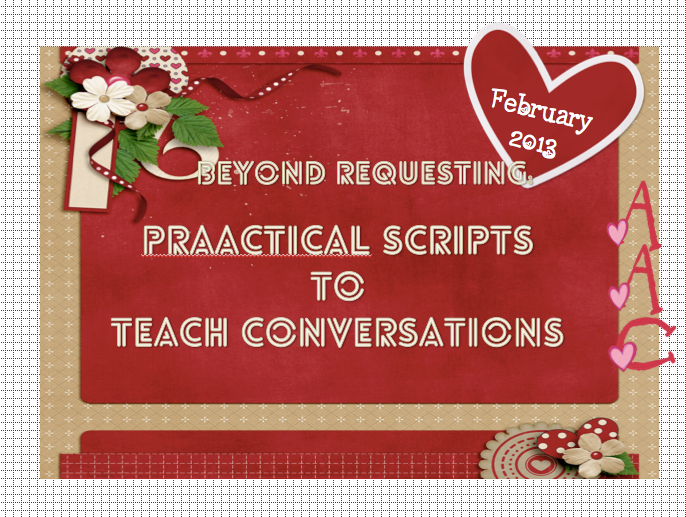
This month’s communication and language strategy goes beyond requesting into conversation. Beginning (and more advanced) communicators can be introduced to conversations through scripts. Scripts for teaching the art of conversation can help give the language to initiate, maintain, extend, and terminate social and conversational exchanges. Scripts can be used to talk about special interests, to participate in activities, and much more. When we teach scripts in a way a learner ‘learns’, the script shows the guidelines, boundaries, and organization of conversations. The communication and language goal is conversation. The strategy to teach conversation is scripts. Scripts are not that foreign to the conversational situation. We all may use scripts at times. Think about your ‘small talk’ scripts or your scripts that help you in unfamiliar or difficult conversations. If learners have difficulty knowing how to participate in conversation, a script can capitalize on strengths like memory and doing well with... [Read More...]
February 2, 2013
by Carole Zangari -
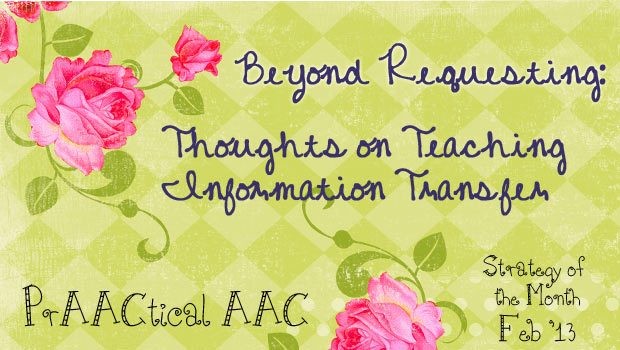
Although it has been close to 25 years since Dr. Janice Light’s hallmark paper on communicative competence in AAC discussed four main purposes of communication, many AAC systems are still heavily populated with messages for basic wants and needs. The other areas – information transfer, social closeness, social etiquette – are often underrepresented in AAC systems. We scratched the surface of how to teach basic requesting last month, and now we’re ready to talk about communicating for other reasons. In this post, we’ll talk about some of the clinical issues in teaching communication for the purpose of information transfer. A big reason that we express ourselves is to share information that others want or need. It may not seem like a high priority until we realize how often we need to do this to function in our daily lives. Here are some examples, both positive and negative, from our work... [Read More...]
January 28, 2013
by Robin Parker -
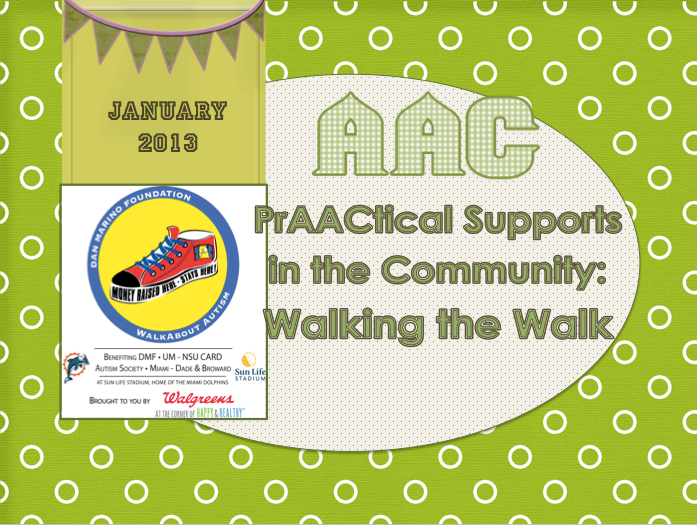
We are extremely proud to be part of the Dan Marino Foundation WalkAbout Autism, which is a large South Florida event. It is a true collaboration between the community, volunteers, sponsors, donors, walk partners, and the Miami Dolphins. The Walkabout helps raise money for organizations that provide programs and services for individuals with autism and other developmental disabilities. It also promotes a sense of community collaboration and awareness about autism spectrum disorder and developmental disabilities. We are writing about the WalkAbout, not as a plea for money (although read about the WalkAbout and donate if you are so inclined), but instead to tell you how we continue to try to integrate AAC & visual strategies into community events. We are so grateful to Dan & Claire Marino and their family and Jeff & Rachel Ireland and their family for continuing to dedicate their time and effort for this amazing event. This past weekend was the 3rd WalkAbout Autism. It was a... [Read More...]
January 24, 2013
by Carole Zangari -
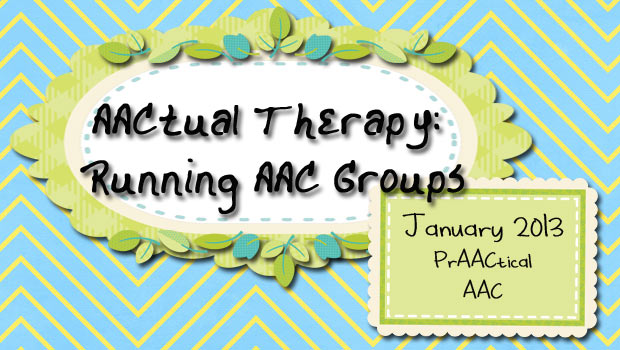
We are just delighted to share the AACtual Therapy of Arizona-based SLP, Deanna Wagner. We’ve known Deanna by reputation for a long while, but got to meet her in person at ISAAC this past summer. She has been involved in the AAC world for over 20 years. Her story as an AAC clinician is an interesting one: “I was lucky enough to attend one of the first university AAC courses, at the University of Wisconsin-Whitewater. My instructor was Dr. Mary Blake Huer, who was a recent president of USSAAC. Because we did not have enough courses in the communication disorders program, I also studied in the special education department and received a graduate degree in severe/profound handicaps. My first job was as AAC evaluator and trainer at Curative Rehabilitation in Wisconsin. I was lucky enough to meet a number of the inspirational team members who made up the model programs for... [Read More...]
January 10, 2013
by Carole Zangari -
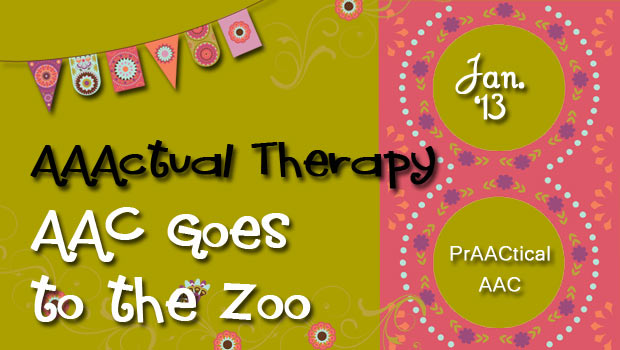
Welcome to AACtual Therapy, a new series on PrAACtical AAC that we’re undertaking in order to give you an up-close-and-personal look at SLPs who ‘do’ AAC. Each of these posts will feature one of our prAACtical friends, some of whom have been AAC interventionists for awhile and others who have come to it more recently. Each one is passionate about giving people a voice no matter what their age or ability level. They’ll be giving us a peek into an AAC therapy lesson that they use, and telling us about the strategies that make it successful. They’ll share a bit about the goals and objectives the lesson was designed to address, and what sorts of AAC their clients are using. Hopefully, we’ll see them in action Here’s what NOT to expect: Perfection. It doesn’t exist, so we don’t even bother looking for it. We’re featuring these clinicians because we want... [Read More...]
December 22, 2012
by Robin Parker -
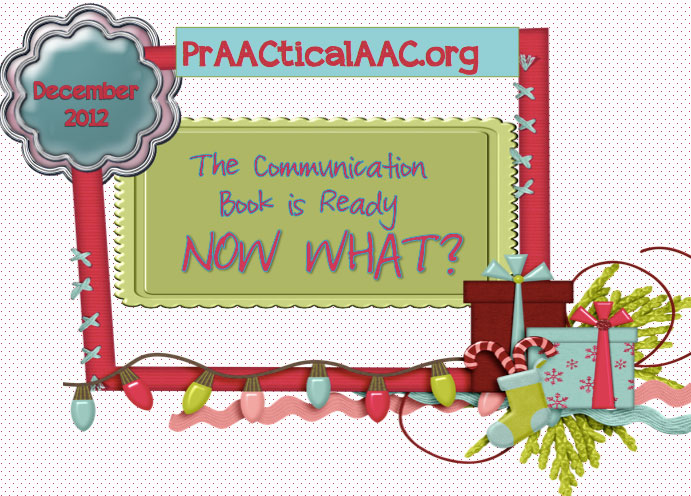
The Communication Book is Ready… Now What? The fun begins…. Yes, we really do think that TEACHING a learner to USE the communication book is FUN. We get to participate in lots of meaningful language experiences, we get to be creative, we get to watch language blossom, and we get to be surprised by the communication competence ALL of our learners show us after prAACtice, prAACtice, and for some more prAACtice . The best way to get started with communication book teaching is to begin by trying out different teaching tips, strategies, and resources and find out what works best. Each communication dyad (communicator & communication partner) is different so the combination of strategies that will work will vary but at the core of the teaching process, there should be fun, motivation, and of course progress. STRATEGIES and CONSIDERATIONS Aided Language Input (ALI)– We can not say enough about... [Read More...]









